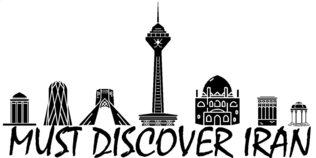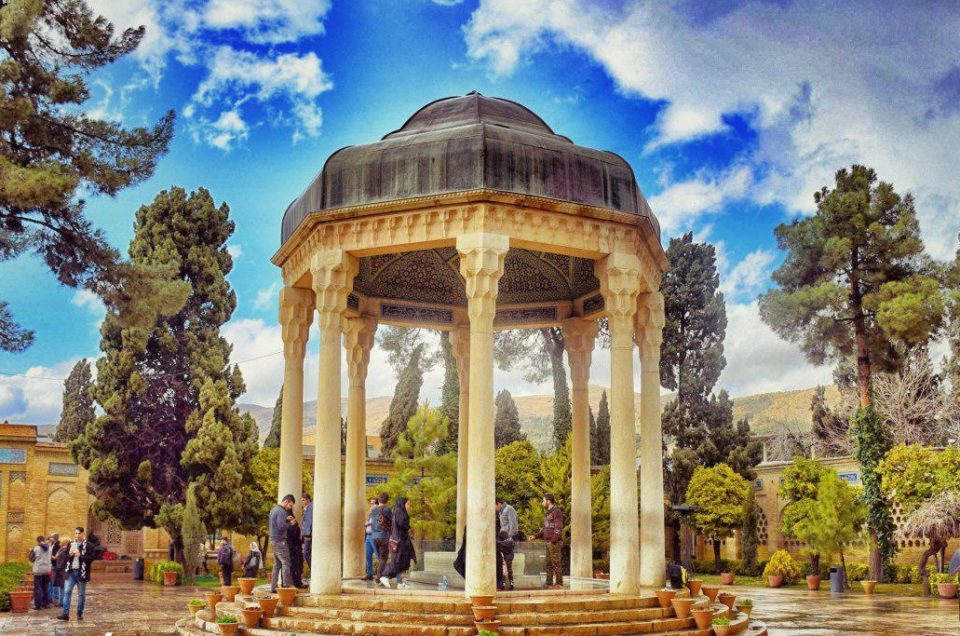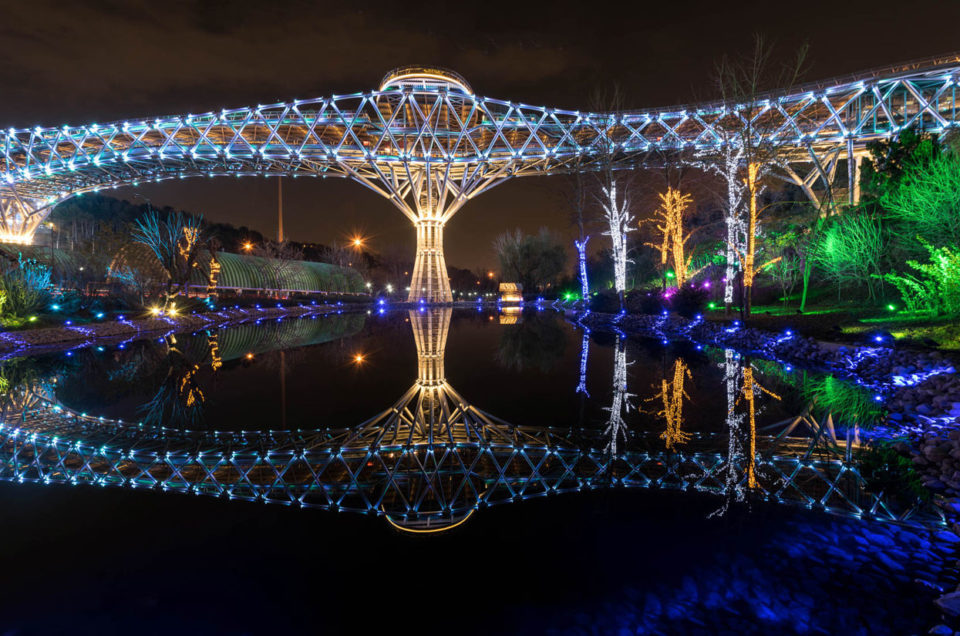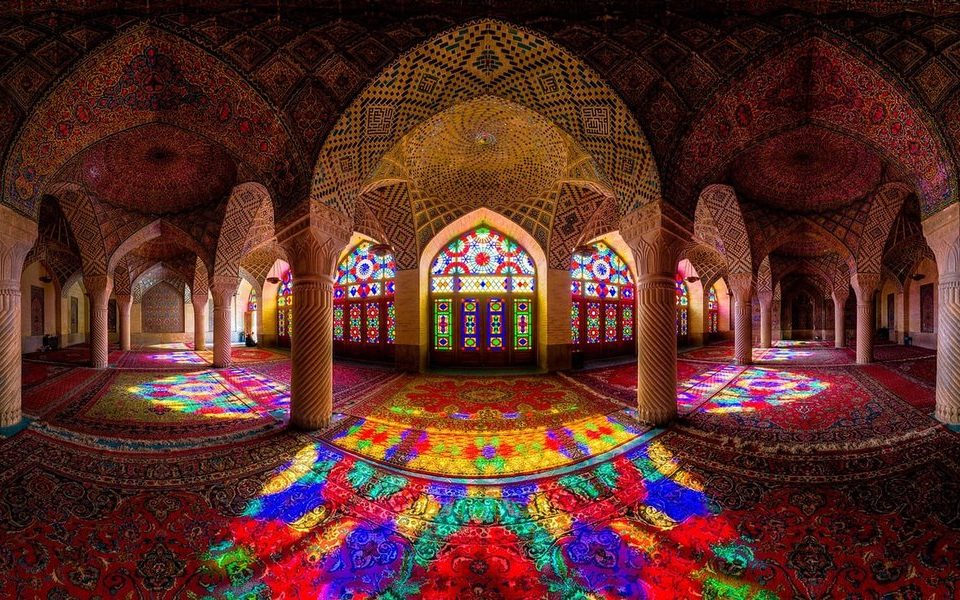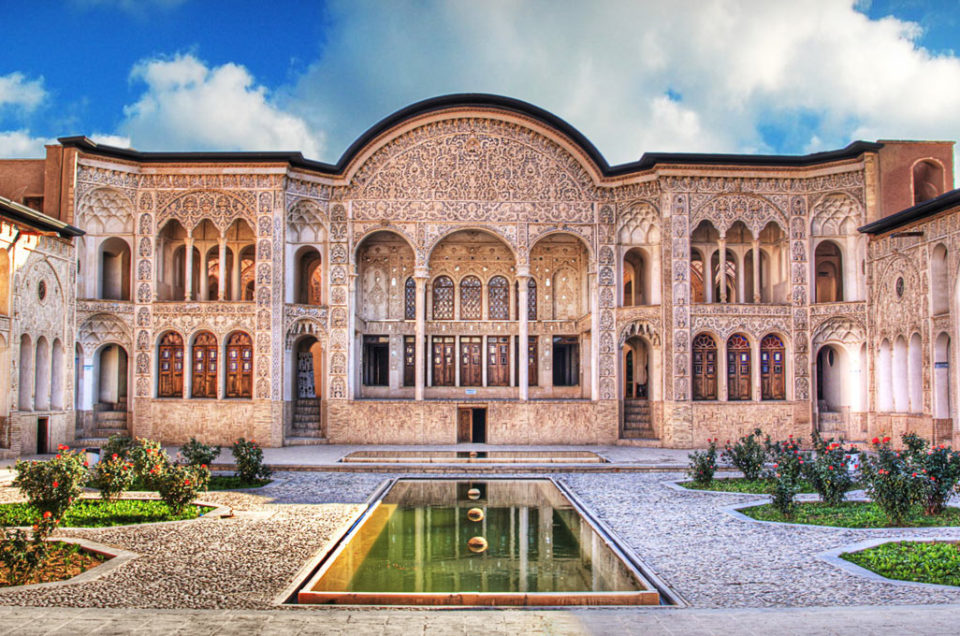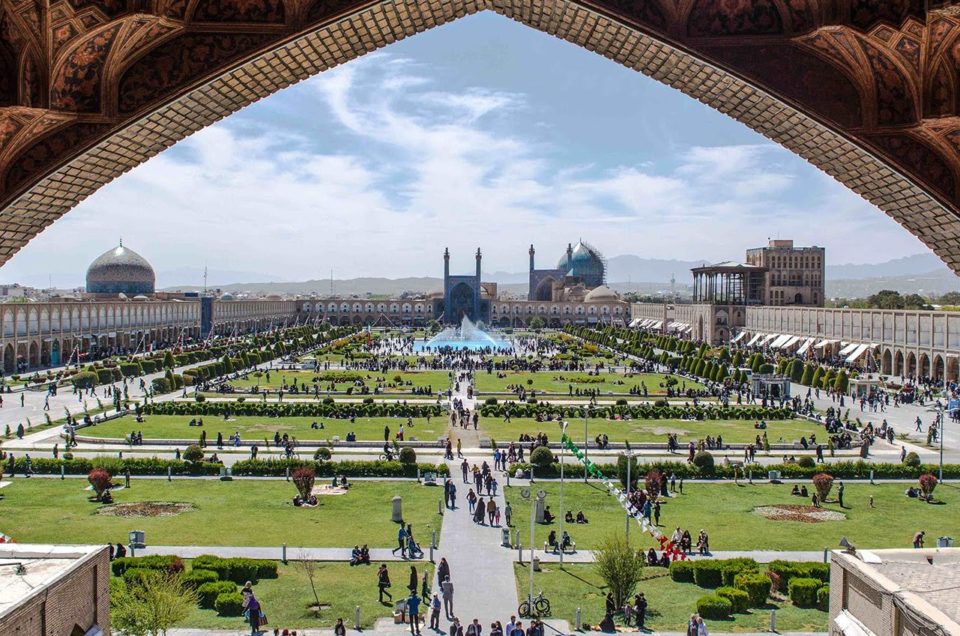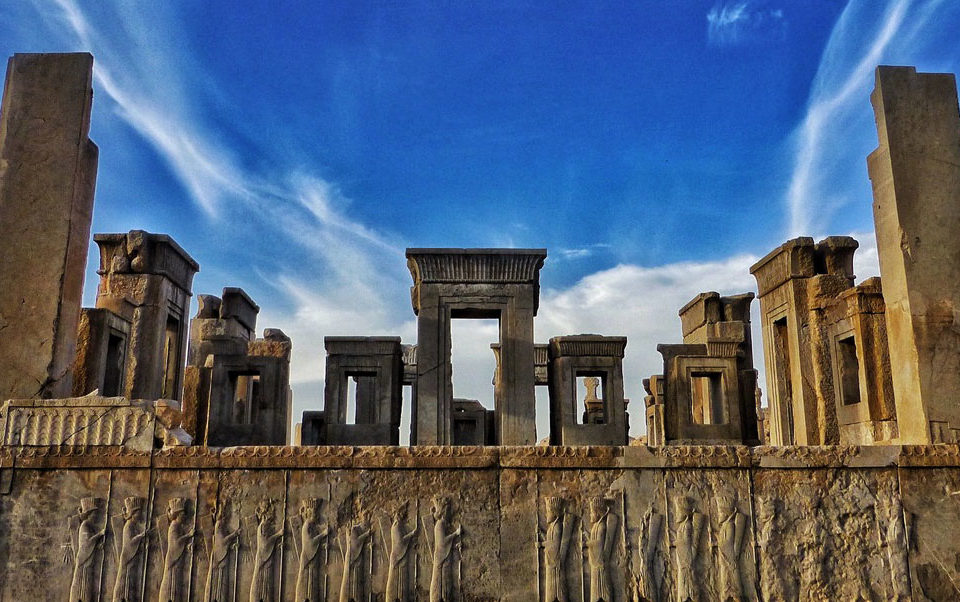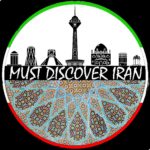Shiraz
Shiraz is the fifth-most-populous city of Iran and the capital of Fars Province (Old Persian as Pars). At the 2016 census, the population of the city was 1,869,001 and its built-up area with “Shahr-e Jadid-e Sadra” (Sadra New Town) was home to 1,565,572 inhabitants. Shiraz is located in the southwest of Iran on the “Rudkhaneye Khoshk” (The Dry River) seasonal river. It has a moderate climate and has been a regional trade center for over a thousand years. Shiraz is one of the oldest cities of ancient Persia.
The earliest reference to the city, as Tiraziš, is on Elamite clay tablets dated to 2000 BC. In the 13th century, Shiraz became a leading center of the arts and letters, due to the encouragement of its ruler and the presence of many Persian scholars and artists. It was the capital of Persia during the Zand dynasty from 1750 until 1800. Two famous poets of Iran, Hafez and Saadi, are from Shiraz, whose tombs are on the north side of the current city boundaries.
Shiraz is known as the city of poets, literature, wine (despite Iran being an Islamic republic since 1979), and flowers. It is also considered by many Iranians to be the city of gardens, due to the many gardens and fruit trees that can be seen in the city, for example Eram Garden. Shiraz has had major Jewish and Christian communities. The crafts of Shiraz consist of inlaid mosaic work of triangular design; silver-ware; pile carpet-weaving and weaving of kilim, called gilim and jajim in the villages and among the tribes. In Shiraz industries such as cement production, sugar, fertilizers, textile products, wood products, metalwork and rugs dominate. Shirāz also has a major oil refinery and is also a major center for Iran’s electronic industries: 53% of Iran’s electronic investment has been centered in Shiraz. Shiraz is home to Iran’s first solar power plant. Recently the city’s first wind turbine has been installed above Babakuhi mountain near the city.
Tehran
Tehran is the capital of Iran and Tehran Province. With a population of around 8.694 million in the city and 15 million in the larger metropolitan area of Greater Tehran, Tehran is the most populous city in Iran and Western Asia, and has the second-largest metropolitan area in the Middle East. It is ranked 29th in the world by the population of its metropolitan area.
In the Classical era, part of the territory of present-day Tehran was occupied by Rhages, a prominent Median city. It was subject to destruction through the medieval Arab, Turkic, and Mongol invasions. Its modern-day inheritor remains as an urban area absorbed into the metropolitan area of Greater Tehran.
Tehran was first chosen as the capital of Iran by Agha Mohammad Khan of the Qajar dynasty in 1796, in order to remain within close reach of Iran’s territories in the Caucasus, before being separated from Iran as a result of the Russo-Iranian Wars, and to avoid the vying factions of the previously ruling Iranian dynasties. The capital has been moved several times throughout the history, and Tehran is the 32nd national capital of Iran. Large scale demolition and rebuilding began in the 1920s, and Tehran has been a destination for mass migrations from all over Iran since the 20th century.
Tehran is home to many historical collections, including the royal complexes of Golestan, Sa’dabad, and Niavaran, where the two last dynasties of the former Imperial State of Iran were seated. Tehran’s most famous landmarks include the Azadi Tower, a memorial built under the reign of Mohammad Reza Shah of the Pahlavi dynasty in 1971 to mark the 2,500th year of the foundation of the Imperial State of Iran, and the Milad Tower, the world’s sixth-tallest self-supporting tower which was completed in 2007. The Tabiat Bridge, a newly-built landmark, was completed in 2014.
The majority of the population of Tehran are Persian-speaking people, and roughly 99% of the population understand and speak Persian, but there are large populations of other ethno-linguistic groups who live in Tehran and speak Persian as a second language.
Tehran has an international airport (Imam Khomeini Airport) , a domestic airport (Mehrabad Airport), a central railway station, the rapid transit system of Tehran Metro, a bus rapid transit system, trolleybuses, and a large network of highways.
There have been plans to relocate Iran’s capital from Tehran to another area, due mainly to air pollution and the city’s exposure to earthquakes. To date, no definitive plans have been approved. A 2016 survey of 230 cities by consultant Mercer ranked Tehran 203rd for quality of life. According to the Global Destinations Cities Index in 2016, Tehran is among the top ten fastest growing destinations.
October 6 is marked as Tehran Day based on a 2016 decision by members of the City Council, celebrating the day when the city was officially chosen as the capital of Iran by the Qajar dynasty back in 1907.
Isfahan
Isfahan (historically also rendered in English as Ispahan, Sepahan, Esfahan or Hispahan) is a city in Iran. It is located 406 kilometres (252 miles) south of Tehran, and is the capital of Isfahan Province.
Isfahan has a population of approximately 1.6 million, making it the third largest city in Iran after Tehran and Mashhad, but was once one of the largest cities in the world.
Isfahan is an important city as it is located at the intersection of the two principal north–south and east–west routes that traverse Iran. Isfahan flourished from 1050 to 1722, particularly in the 16th and 17th centuries under the Safavid dynasty when it became the capital of Persia for the second time in its history under Shah Abbas the Great. Even today the city retains much of its past glory.
It is famous for its Perso–Islamic architecture, grand boulevards, covered bridges, palaces, tiled mosques, and minarets. Isfahan also has many historical buildings, monuments, paintings and artefacts. The fame of Isfahan led to the Persian pun and proverb “Esfahān nesf-e- jahān ast”: Isfahan is half (of) the world.
The Naghsh-e Jahan Square in Isfahan is one of the largest city squares in the world. UNESCO has designated it a World Heritage Site.
